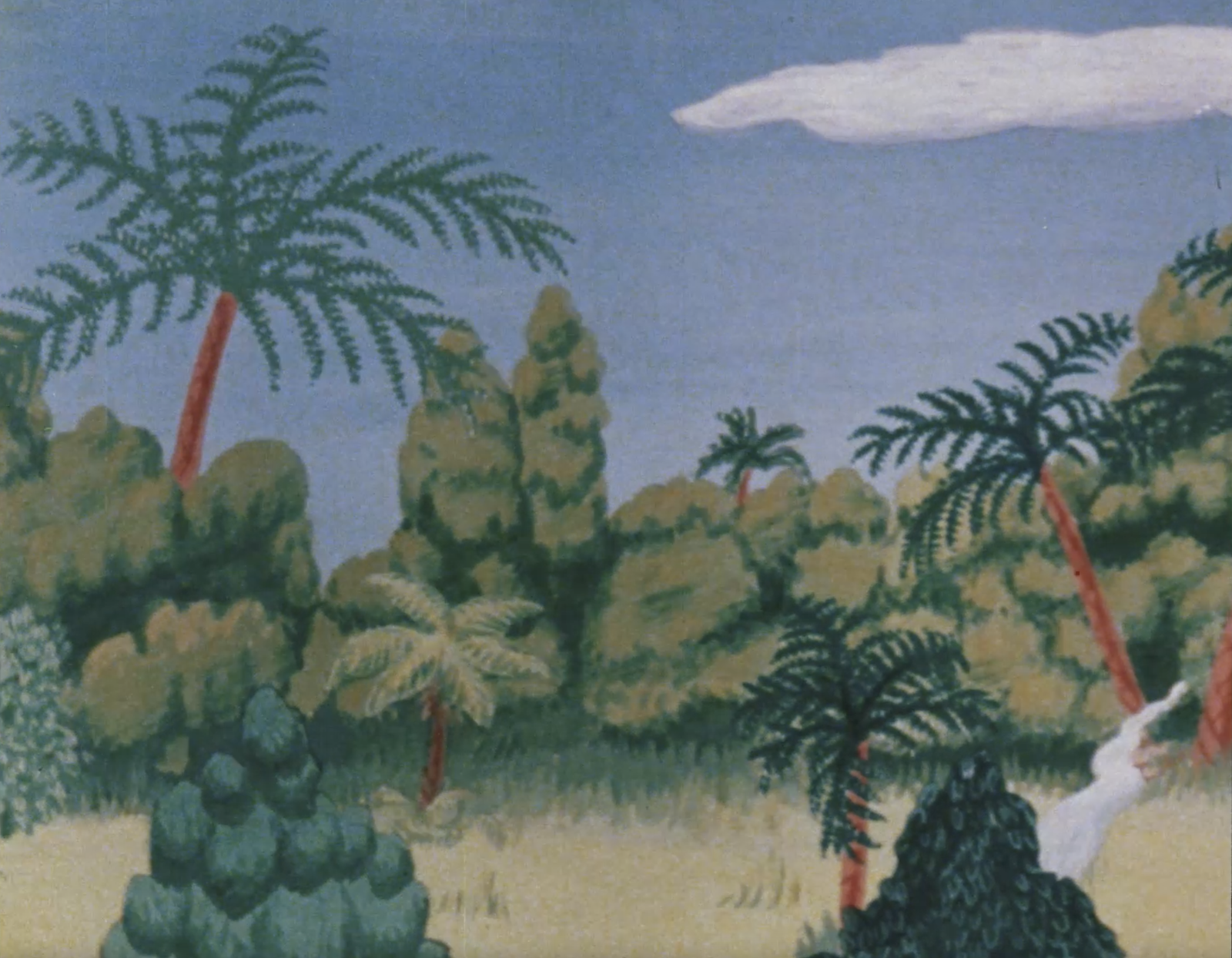July 10–November 6, 2022
1794 route de l’île
87120 Beaumont-du-Lac
France
T +33 5 55 69 27 27
Michel Blazy (France), Mohamed Bourouissa (France), Zac Langdon-Pole (New Zealand), Richard Long (UK), Isa Melsheimer (Germany), Nadia Myre (Canada), Mathieu Pernot (France), Clément Villiers (France), Lois Weinberger (Austria)
Lines of Flight is a collective exhibition around ideas of movement across territorial and political boundaries. Drawing together natural and anthropogenic processes, the works on view question notions of native and non-native species, climate change, and voluntary and involuntary migrations. From 19th-century scientific expeditions that facilitated imperial expansion, to the transnational movement of plants, to the passage of migrants through territories, the exhibition proposes a series of encounters between plants, animals and humans in all our varied states of restlessness.
Isa Melsheimer’s Wardian Case works engage with a 19th-century invention that revolutionized the global movement of plants, shaping both diets and economies, and enabling the spread of European colonialism in the process.
Nadia Myre’s installation evokes similar histories of exchange and appropriation between the British Empire and Indigenous peoples following European settlement.
Zac Langdon-Pole’s sculptures trace the journey of borer beetles through wood and across oceans alongside those of humans in parallel trajectories of colonization. Alongside the artist collages animated sequences of New Zealand landscapes into a single video, questioning how our ways of looking animate and inform a place.
Richard Long’s Small White Peaks (1984) is a circular installation of 49 white marble stones by one of the pioneers of Land Art for whom physical movement through a landscape forms the basis of a lifelong practice.
Mathieu Pernot’s photographic series depict the passage of migrants through territories. Traces of transitory occupation and clandestine passage are all that remain of human presence within sites that are gradually reclaimed by vegetation or impervious to people.
Mohamed Bourouissa creates a dialogue with the anonymous author of an unfinished herbarium in an installation that grapples with a past time period and with a similarly partial history of conflict between two countries.
Michel Blazy proposes a carpet-garden, both threshold and multispecies host, alongside research for an ongoing project. Set among the ruins of a vacation colony near Vassivière Island, L’Hypothèse Chammet is an experimental site for plants capable of adapting to climate change.
Clément Villiers’ video works, filmed at the Chammet, suggest a kinship between humans, animals and the forest and all the lifeforces that exist within.
Lois Weinberger’s Ruderal Society: Excavating a Garden (2017) is a landscape intervention in the Sculpture Wood on Vassivière Island that opens a space for plants to take root without human intervention: an invitation for wild growth amidst orderly spaces.
Lines of Flight presents a series of journeys through physical and metaphorical landscapes. The term “flight” here refers to ideas of movement, trajectory and escape, as well as the French equivalent “fuite,” meaning to leak or overflow. In this way, the exhibition aligns with the concept as defined by Deleuze and Guattari: a kind of uncontained energy that bursts forth from a given situation or defined set of processes, forging new possibilities. Thus, a line of flight can be understood as a process of becoming, a path toward new relationships. The works in the exhibition suggest the possibility of movement as rupture, of transgressing or transcending borders, but also of resilience and adaptation, opening new lines of thought, action and creation.
The exhibition is curated by Alexandra McIntosh, director, CIAPV.
Lois Weinberger’s work is presented with the support of the Austrian Cultural Forum. Richard Long’s work, collection of the Musée d’art contemporain de la Haute-Vienne - Château de Rochechouart, is also featured in the context of the inaugural Parcours Arts, Nature & Patrimoine.
About the Centre International d’Art et du Paysage
Unique within the French artistic landscape, the Centre International d’Art et du Paysage on Vassivière Island (CIAPV) is celebrated for its remarkable architecture designed by Aldo Rossi and Xavier Fabre, its open-air permanent collection, and its program of exhibitions, residencies and events exploring contemporary art and landscape. Situated on the Plateau de Millevaches in the Limousin region, the CIAPV is firmly rooted in its rural context while forging links nationally and internationally.
The CIAPV is supported by the region of Nouvelle-Aquitaine and the French Ministry of Culture - DRAC Nouvelle-Aquitaine.


